Kindergarten Step by Step- – Spiders, Bats, and Owls OH MY!
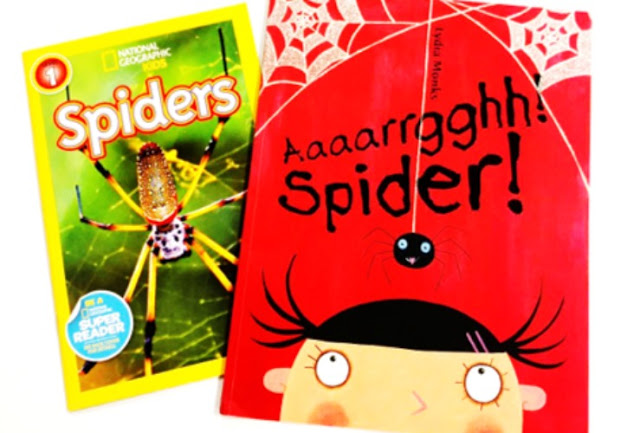
Hey all! Thanks so much for stopping by today! I have LOTS to share with you today in this Kindergarten Step by Step post! First up, I will be sharing THREE weeks of KinderLiteracy! I will cover Bats, Owls, and Spiders! After adding the additional 12 weeks to choose from I struggled with what topics to cover here so I am knocking out three at once 🙂 I will then be doing pumpkins, veteran’s day and election! If you didn’t see it yet… you can download a FREE week of KinderLiteracy for election week HERE!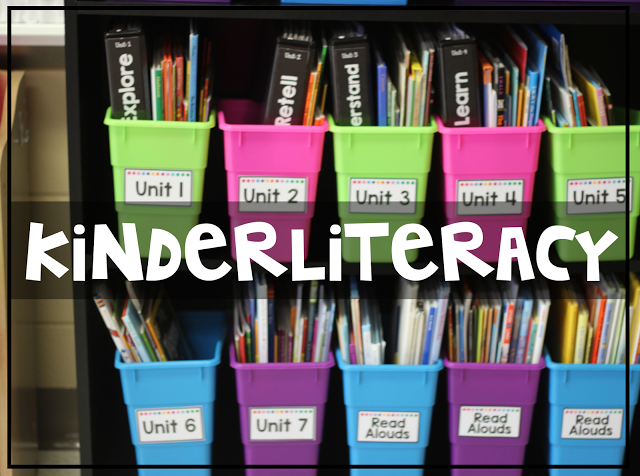
In this post I will also be sharing a writing mini lesson, some great math activities, and lots more! Let’s get started with spider week! Spider week is a new supplemental week of KinderLiteracy! Be sure to download the bundle again to access Unit 8!
We know with close reads it’s so important to have an equal balance of fiction and nonfiction texts so this week pairs with the National Geographic reader, Spiders with the fiction tale, Arrrrgh: Spider! I just love the Arrrrgh: Spider book! If you have’t seen this one before you can watch the video below!
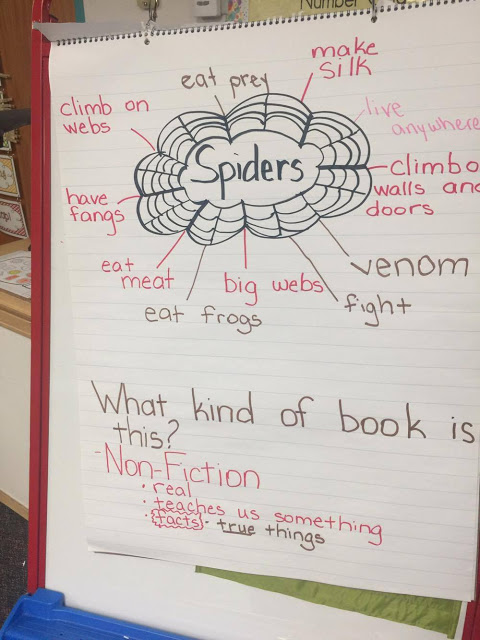 I also always encourage reading the essential question daily. Some days you’ll just read it to be reading it (Monday). However, as the week goes on you’ll notice that the question takes on new meaning each day as the kiddos learn more and are able to contribute more with their answers!
I also always encourage reading the essential question daily. Some days you’ll just read it to be reading it (Monday). However, as the week goes on you’ll notice that the question takes on new meaning each day as the kiddos learn more and are able to contribute more with their answers!
This week’s vocabulary words lend themselves to a kid’s delight for sure HA! Below are the words and suggestions for actions!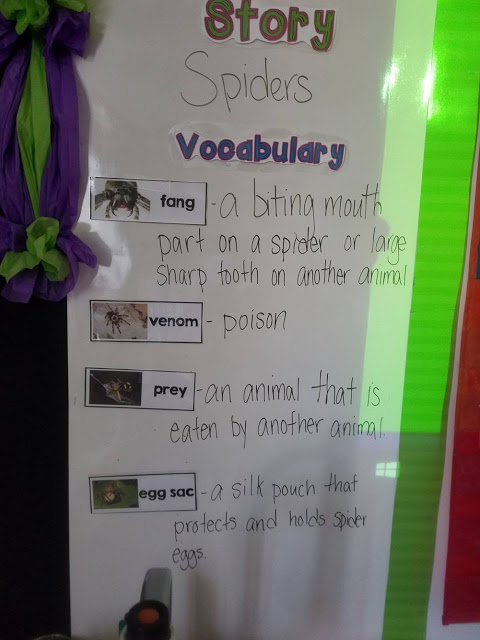
Egg sac- create a bowl shape with your hands
Fangs- use both index fingers to resemble fangs
Prey- Use your hand to “catch” another animal
Venom- use your “fangs” from above but then have your hand resemble falling over as the animal is unable to move
Below you can view the Listen and Draw for the words fangs and prey!
This week we are focusing on major events! It’s so important that our kiddos can not only retell a story (this week offers retell cards for the kiddos to use) but they also understand what a major event is! Yes, Stellaluna ate a bug… but was that a MAJOR event within the story? This is a tricky concept for kiddos and really should be modeled through teaching and then placed on them independently. I like to model an example … like my daily schedule. What was most important about my day? Brushing my teeth? No, probably not… but waking up, coming to work, and going to bed probably were! In the lesson plans your essential questions- What were the major events in the story? How does Stellaluna persevere? You will notice that in the picture below a couple years ago I actually had a different essential question… Compare and contrast birds to bats! This is such an important analysis and really just depends if you’re wanting to take a fiction focus (retell with major events) or nonfiction (compare/contrast to real life animals). If you are using Unit 2 in design from KinderLiteracy then you will notice that is the retell unit… which is why the new essential question varied 😉
Swooped: Have one hand dive down towards the floor
Escape: Pretend to runaway
Curious: Hands up and look around as you spark wonder
Clambered: Pretend to have claws and struggle as you climb up
This week’s essential questions focus in on that nonfiction push as well! This week we will be asking the kiddos to use one important features of nonfiction texts (well any text, but more so in nonfiction texts) – – unknown words! How does defining and truly understand all these BIG words help our understanding? Of course if you are a Common Core State you know that this is standard of it’s own. It’s a standard we cover every Tuesday of a close read week, but this will be one of our main focuses this week! Sometimes I model this by saying something like, “Tee woben en boo.” The kiddos usually look at be silly as I ask them what I just said. I then say, “Today is such a pretty day.” I then again ask what I said. Of course this time the kiddos are able to tell me what I said and what it means! I use this is as an example for what words can look and sound like until we truly know what they are. If we don’t take the time to tackle these BIG words with the kiddos our stories might sound like me first sentence…. especially those ELL students!
We will also cover additional nonfiction text features- labels, photographs, bold words, and factual knowledge from the text!
Below are this week’s vocabulary words and a suggestion for actions!
Prey: have your hand swoop down towards the ground and grab something
Camouflage: Pretend like you are peeking through the bushes
Wingspan: Have students expand their arms to resemble their wings
Owlet: Form a small baby owl using two hands
Talons: Replicate claws using your fingers
Labeling
is always part of KinderLiteracy nonfiction week! 🙂
Naturally
through a close read week we are drawn on really expanding on all of the facts
the students gained from the text! Below are a
couple can/have/are charts from the week!
are a couple owl fact stories!
craft for this week is a “stuffed bag” owl!!!
wraps up the KinderLiteracy focus of the post! Again, I’ll continue
with pumpkins, scarecrows, veterans and election!
As with each week I kick myself for not getting more into these weekly posts, but know I am working hard and hope to get more and more to you! 🙂
Talk soon!


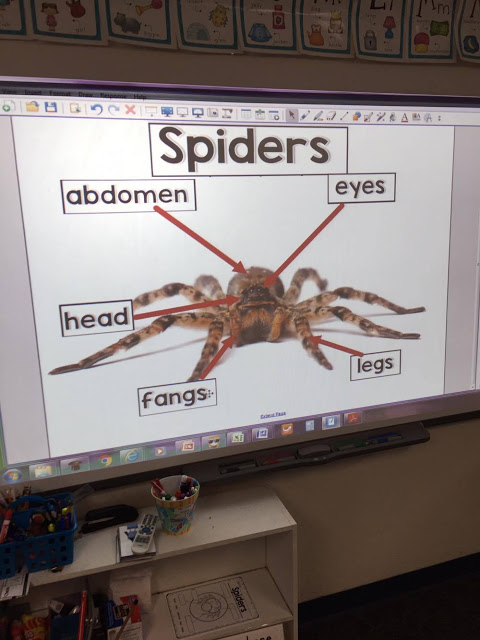

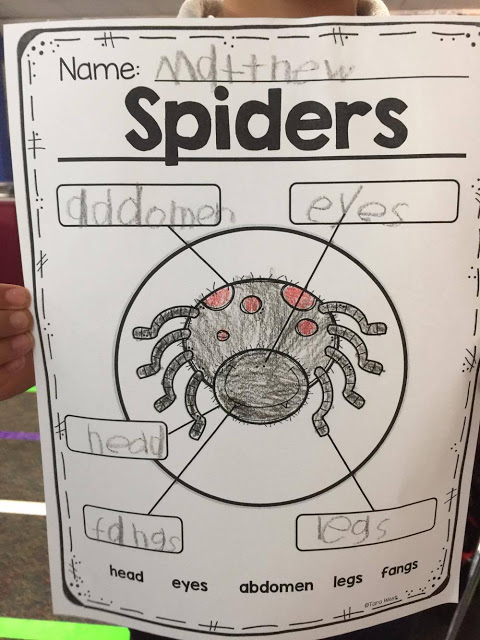
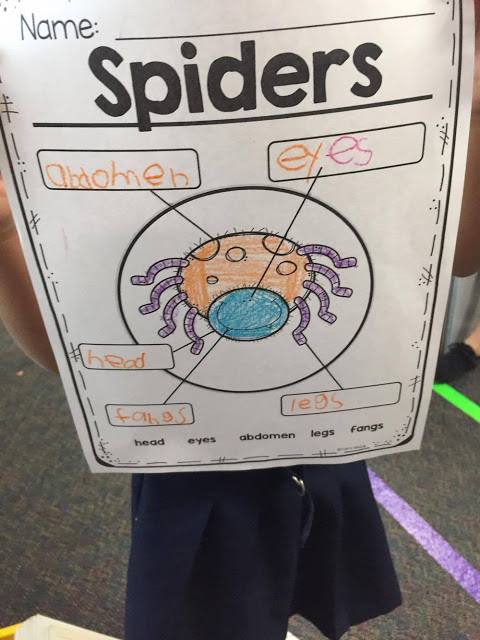
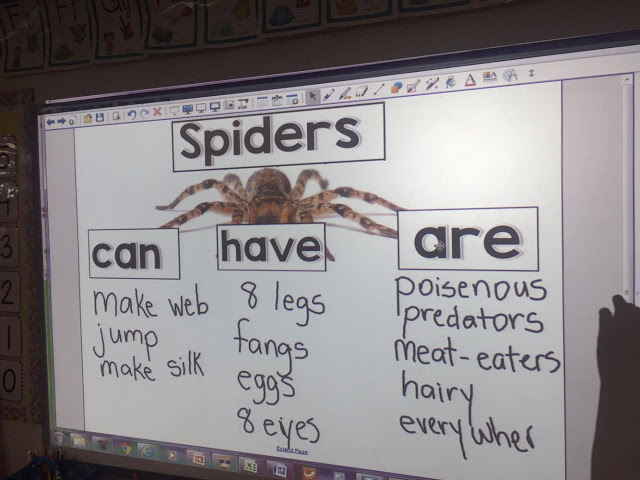
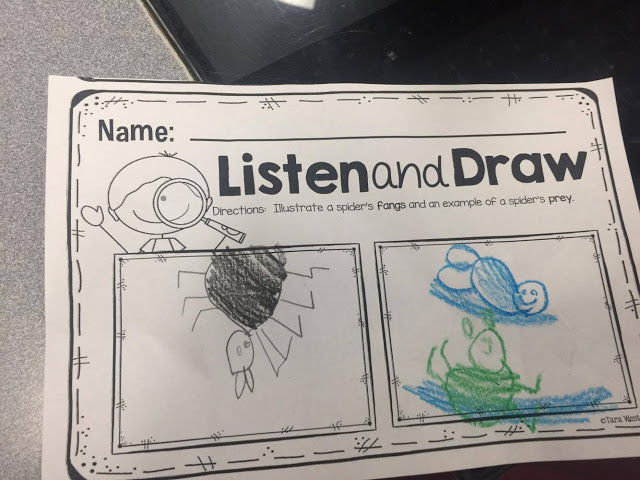
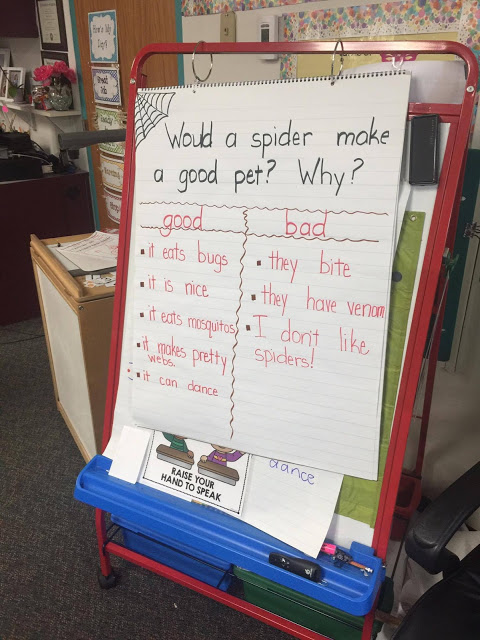

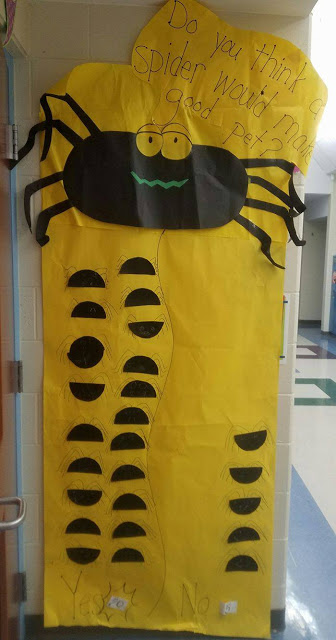
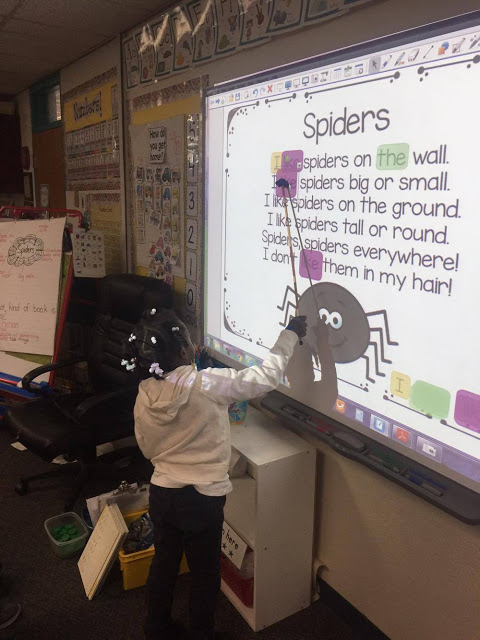
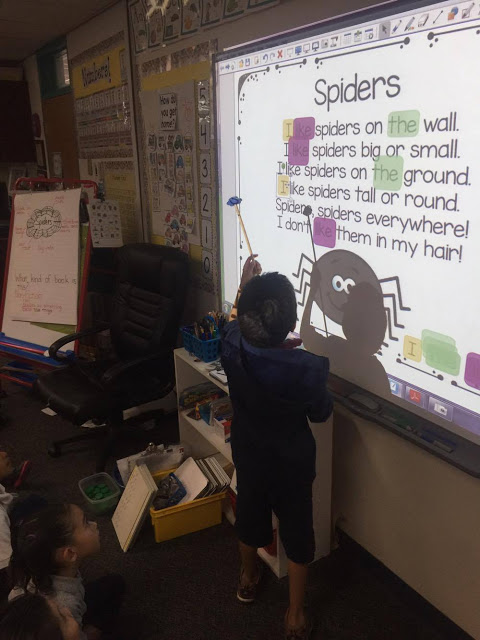
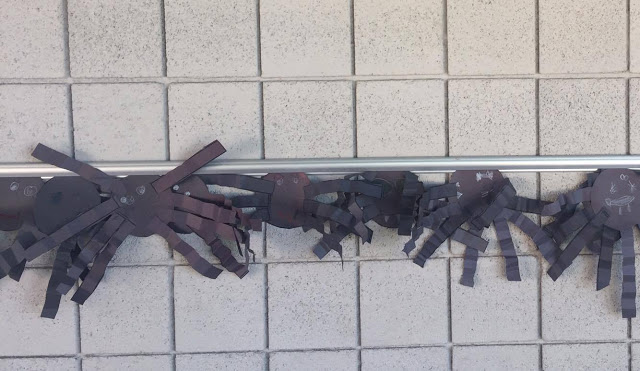
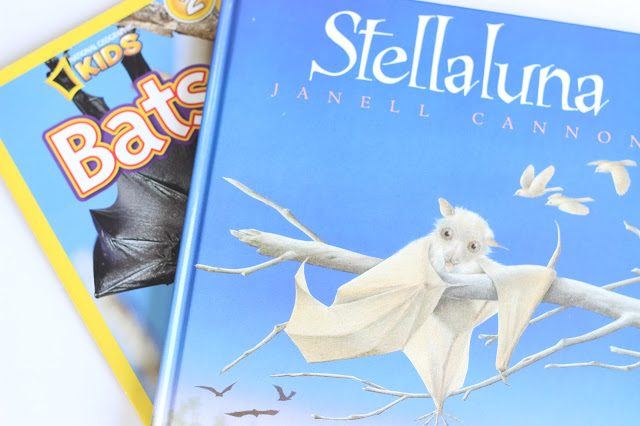
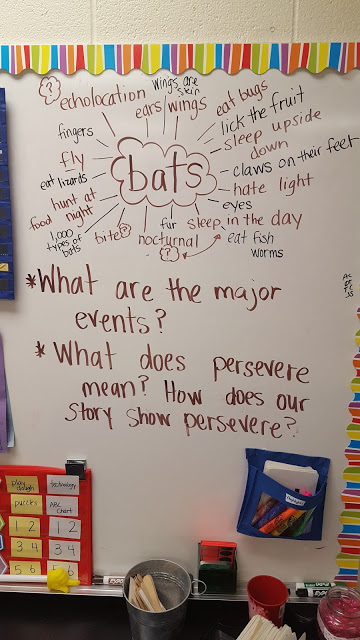

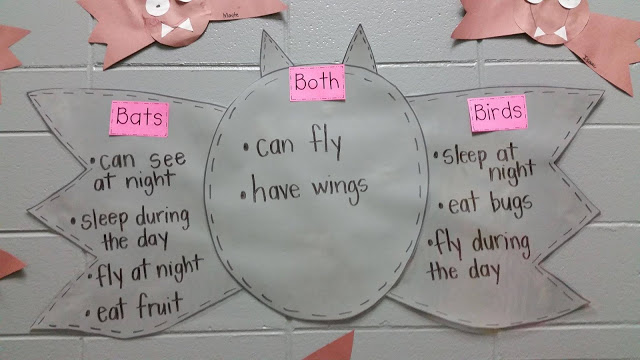
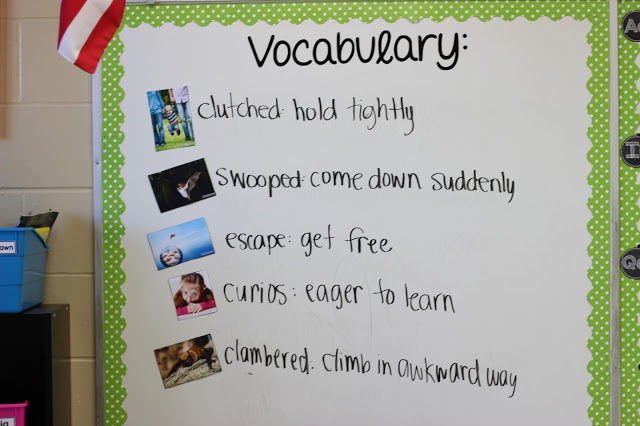
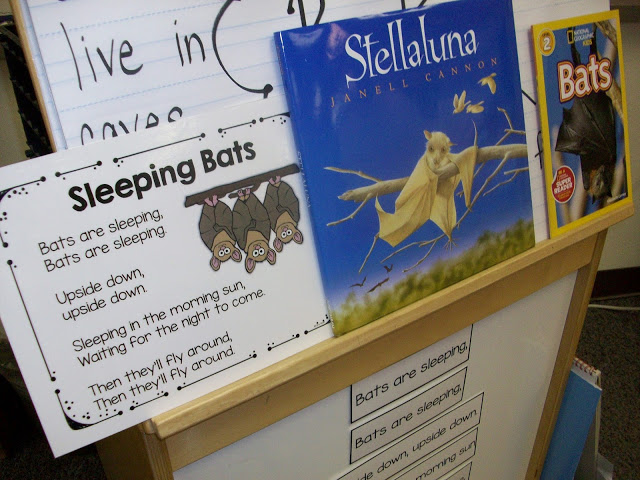
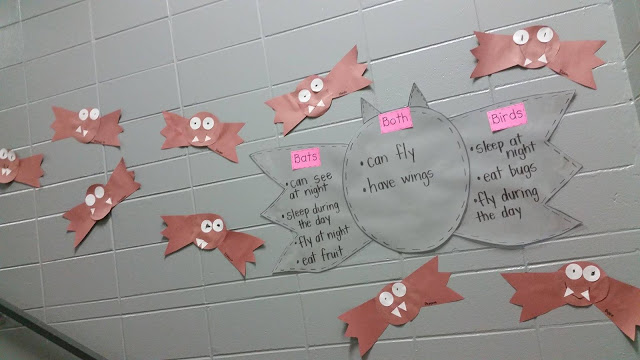
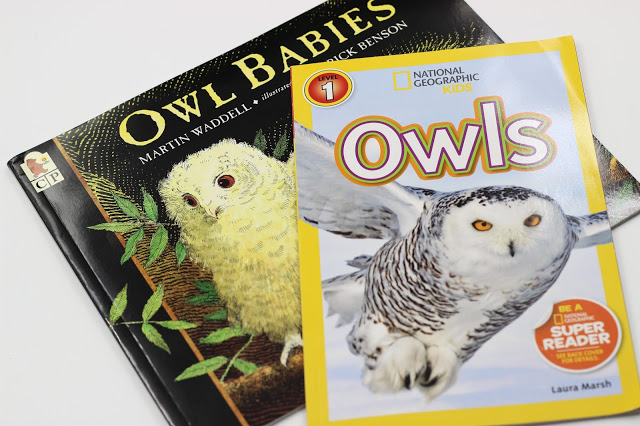
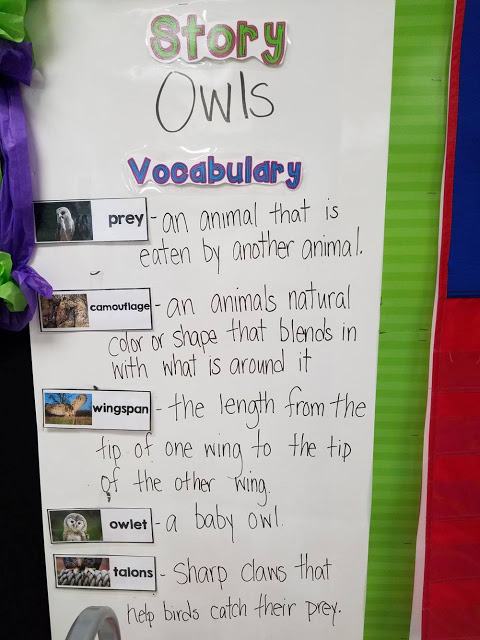
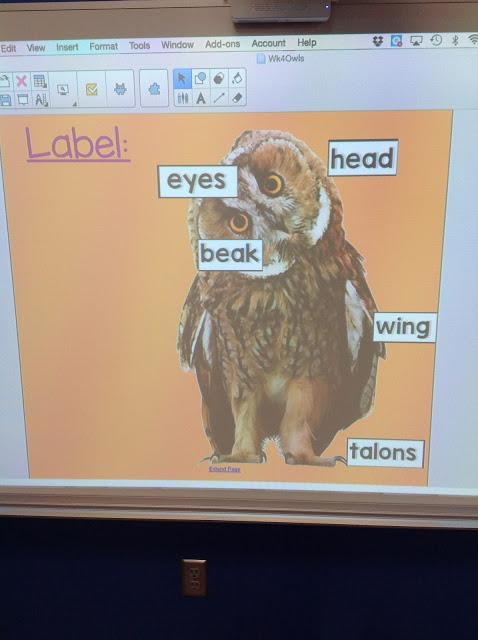
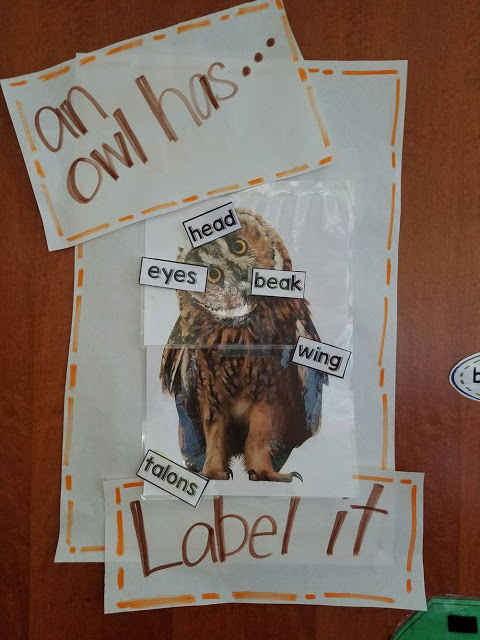
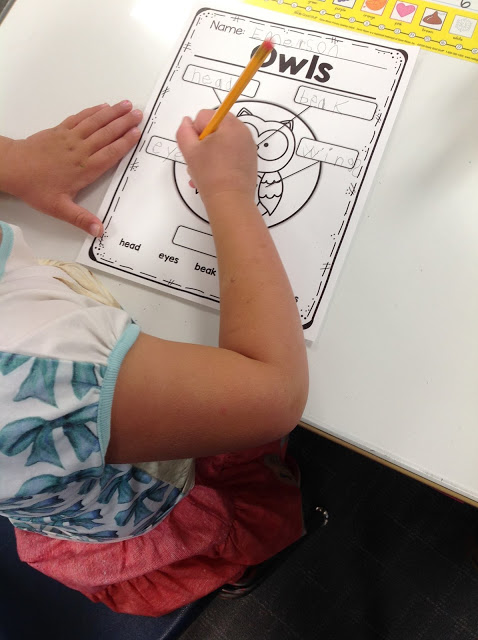
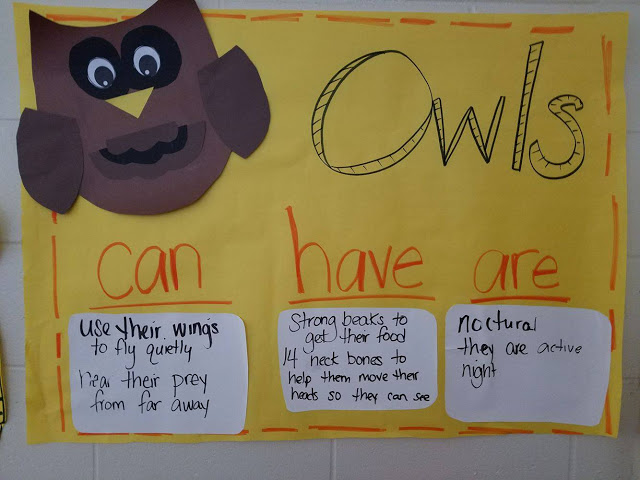

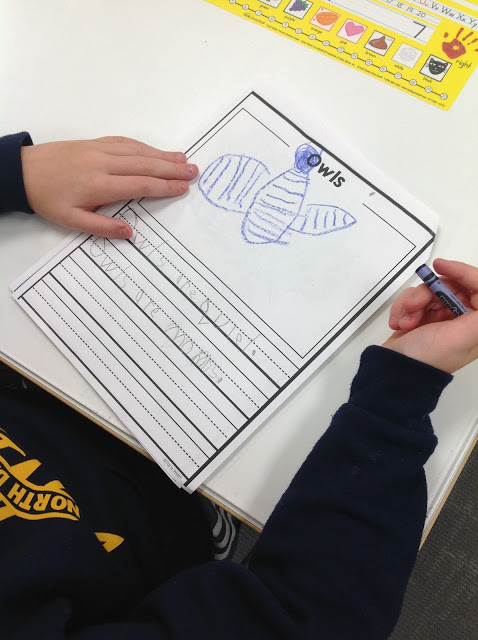
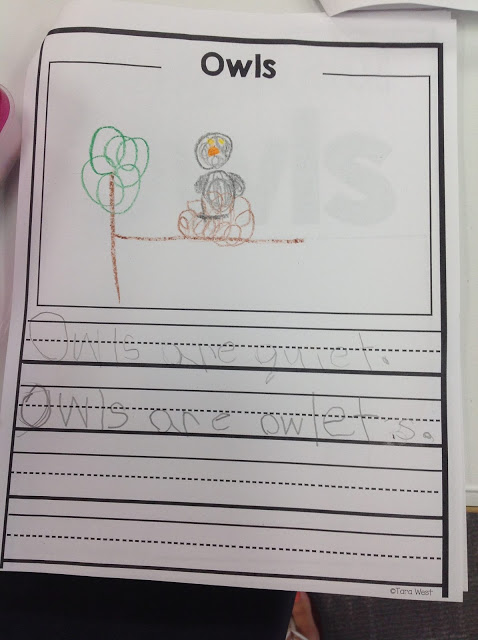

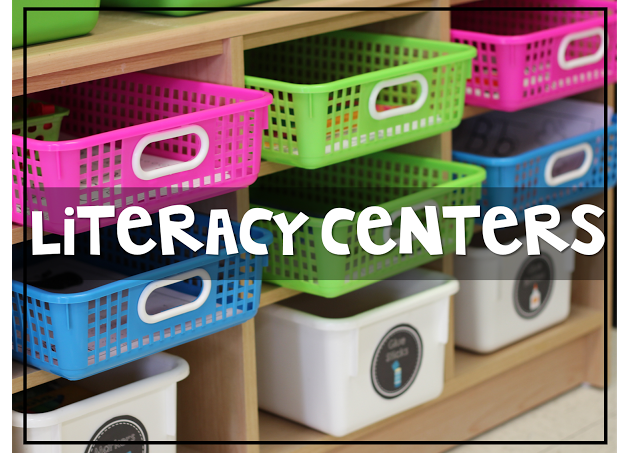

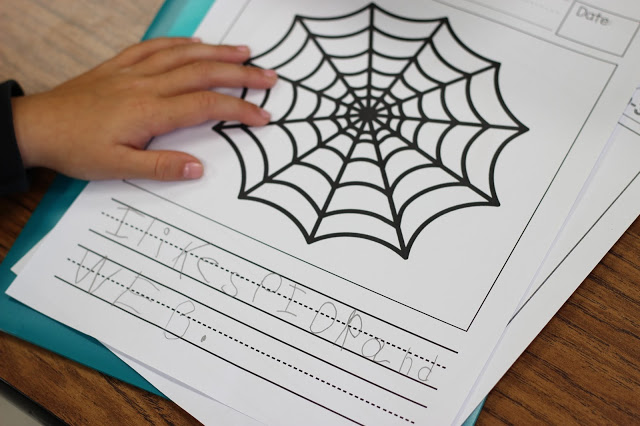

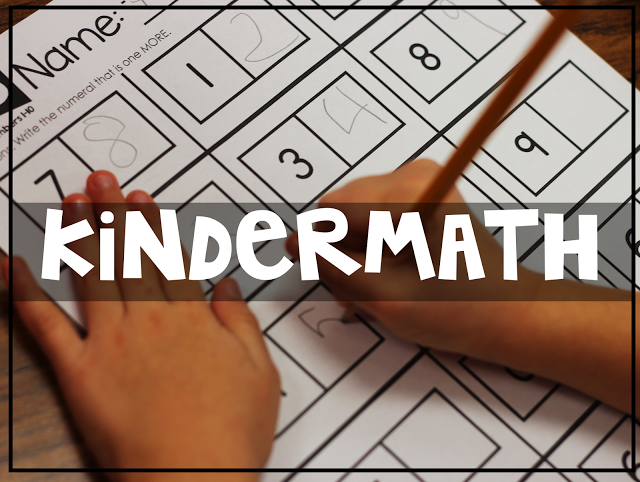




🙂
Thank you so much for doing these posts! It's awesome to see exactly how these lessons play out in your classroom, and you always include great tips.
Where can I find all the spider worksheetS? Are they in one of the KinderLiteracy units? Thanks! 🙂
all the technical KINGDOM777 solutions and staff we need for 에볼루션 카지노 operators who provide world